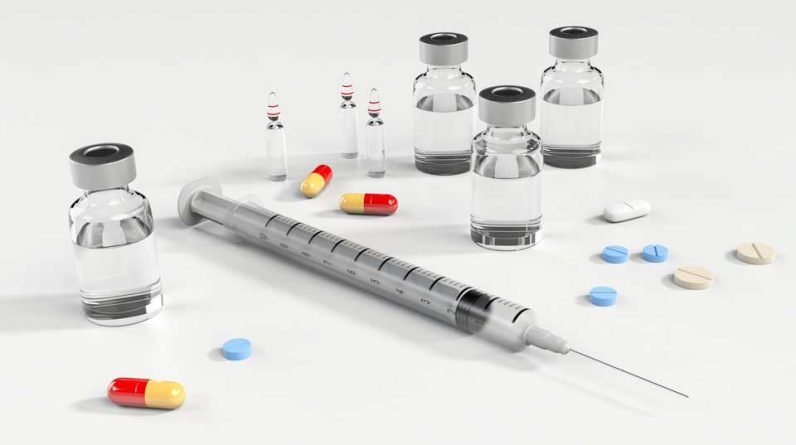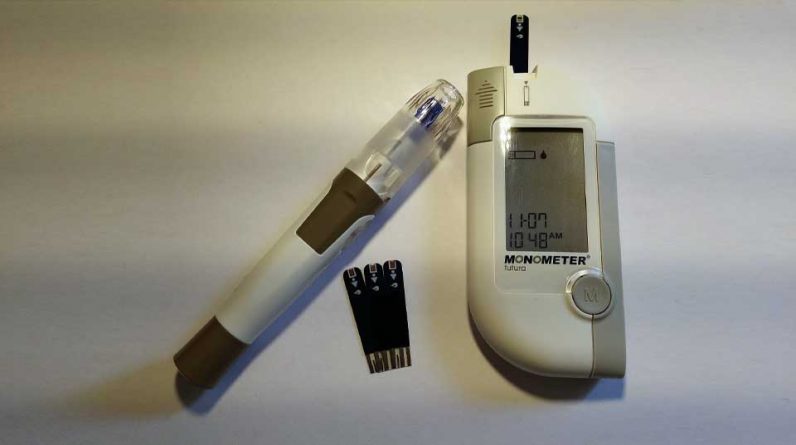
Pros and Cons of Various Traditional Diabetic Medications
Diabetes, like other chronic conditions, requires medication treatment. Type one (T1D) diabetics must rely on insulin because their bodies are unable to produce it.
Type two (T2D) diabetics frequently require medication, but they can significantly improve their condition by supplementing their traditional medications with lifestyle changes and autophagy.
Understanding what each medication does, on the other hand, helps you appreciate the value of traditional treatment when it is necessary. Understanding the side effects can assist you in deciding whether to pursue alternative treatment, if possible.
Medications for Type 2 Diabetes
The majority of medications used to treat T2D are oral, but some people also require insulin.
Biguanides
Biguanides are the most common treatment for T2D, and examples are
Metformin, Glucophage, and Fortamet are the most frequently prescribed biguanides for T2D.
These medications work by lowering the amount of glucose produced by the liver, regulating glucose absorption in the intestines, and increasing your insulin sensitivity.
Biguanides may cause unintentional weight loss, nausea, vomiting, diarrhea, decreased appetite, malaise, and a metallic taste in the mouth. They should not be used if you have problems with your kidneys or liver.
Dipeptidyl Peptidase-4 (DPP-4) Inhibitors
This medication is prescribed in conjunction with dietary and lifestyle modifications. Nesina, Canzano, Tradjenta, and Glyxambi are among the brand names. DPP-4 inhibitors are used to stimulate the pancreas to produce more insulin when it is producing insufficient insulin.
Migraines, urinary tract infections, and upper respiratory infections are all possible side effects of DPP-4 inhibitors, which occurred in 5% of patients in a study at Rutgers University.
Sulphonylureas
Sulphonylureas are frequently used in conjunction with other diabetic medications, such as Metformin, and are marketed under the brand names Glimepiride, Glipizide, Glucotrol, and Micronase. These medications stimulate the beta cells in the pancreas to produce more insulin.
Weight gain, allergic skin reactions, photosensitivity, and hypoglycemia, or low blood sugar, are possible side effects
Thiazolidinediones
Actos is the brand name for this medication, which works by decreasing the amount of glucose produced by the liver while increasing overall insulin sensitivity.
Thiazolidinediones have been linked to water retention, weight gain, fluid retention in the eyes, and heart failure, according to research published by the University of Ioannina in Greece.
These are some of the most frequently prescribed T2D medications and their associated side effects. If certain lifestyle changes are made, you may be able to avoid these oral medications and their associated side effects.
Insulin is used to treat type one diabetes
T1D occurs when the pancreas loses its ability to produce insulin. This insulin deficiency must be replenished, which insulin treatment accomplishes.
The type of insulin treatment prescribed will vary according to your depletion levels, but will include one of the following:
:Short-Acting Insulin Includes:
- Humulin
- Novolin
Short-acting insulin is a highly effective drug that stimulates the cells to absorb glucose. Some side effects include the possibility of hypoglycemia, allergic reactions, and the development of fatty cells under the injection site.
Intermediate-Acting Insulin Includes:
- Humulin N
- Novolin N
This insulin therapy is similar to short-acting insulin injections, but is more convenient. While the same side effects may occur, the benefits of the drug outweigh the disadvantages. This product is not recommended during pregnancy or if you have chronic kidney disease.
Rapid-Acting Insulin Includes:
- Humalog
- Apidra
- FlexPen
- Fiasp
Rapid-acting insulin treatments carry the same pros and cons as the first two types.
Long-Acting Insulin Includes:
- Lantus
- Tresiba
- Levemir
- Toujeo
Long-acting insulin treatments are extremely effective, with effects lasting up to 24 hours or longer. It has similar side effects to the preceding types but also has the potential to cause hypersensitivity.
Combination Insulins Might Include:
- Novolog Mix
- Humalog Mix
- Ryzodeg
Combination insulin therapies are also quite effective, and they share some of the same side effects. The precise combination will need to be customized for each patient. If you have kidney or liver problems, you should probably avoid this treatment, but consult your physician.
Amylinomimetic Injections
Another injectable medication prescribed to people with T1D is Amylinomimetic, also known as Pramlintide or SymLinPen. It is injected prior to meals to aid in digestion and control blood glucose levels by inhibiting their production.
The primary disadvantage of insulin or injectable treatments is that you will inevitably develop a tolerance for needles.
Insulin Pumps
Insulin pumps are small computer devices that function as an artificial pancreas, consistently pumping short-acting insulin. They even adjust the doses as you eat. Pumps are extremely effective when used in conjunction with glucose and ketone monitoring.
An insulin pump should only be used under the strict supervision of a physician. Several disadvantages include the possibility of infection at the site, pump failure, and ketoacidosis, a serious diabetic complication.
The insulin pump, on the other hand, is one of numerous biotechnological advancements in T1D.
Final Remarks
Whether you take oral medication or insulin injections, diabetes medical treatments have evolved to help you manage your glucose more effectively. Close medical supervision is critical to treatment success.





